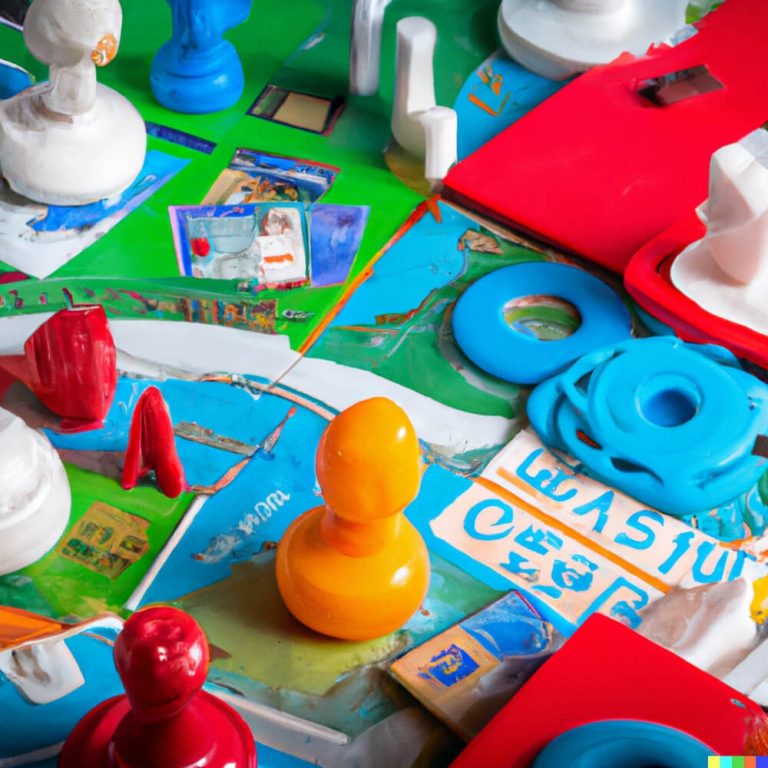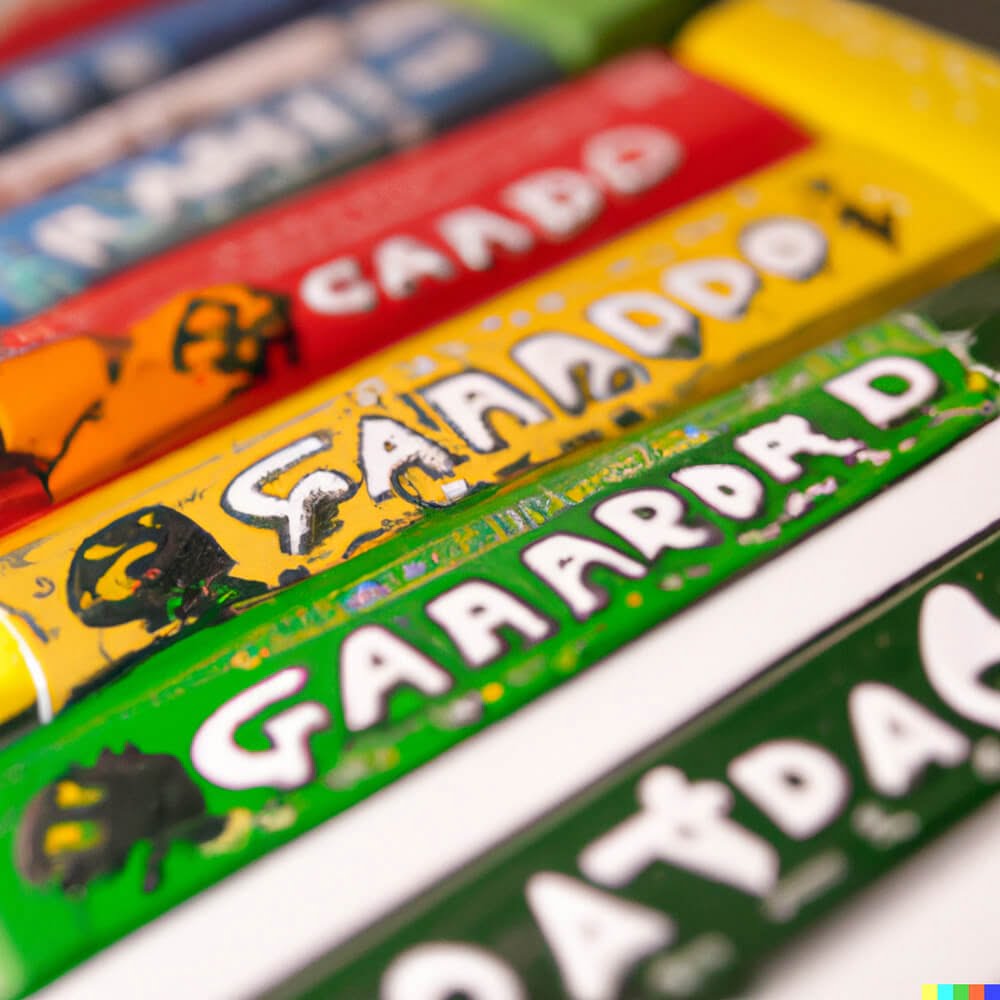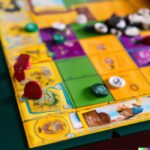Introduction
Card games are popular throughout the world and they come in a variety of formats. The most popular type is known as a “deck building” card game, where players must purchase and construct decks of cards from a central pool, usually increasing their power as the game progresses. Other types include trick-taking games, which pit players against each other by taking turns playing cards to win tricks; rummy-style games, which involve making combinations out of cards the player has been dealt; and memory games, which challenge players to remember locations of hidden cards on a board or in their hands.
In any card game, it’s important to establish the number of cards needed for a balanced experience. In general, a large deck size – 500 or more – makes it difficult for anyone to memorize all the cards, as well as denting on average play time due to constant shuffling. A good range is 50-200 cards per deck – this gives an excellent diversification while keeping gaming short and sweet. For board games such as Monopoly or Risk that involve just one deck of cards, around 20-50 should be enough to keep gameplay interesting while not straying too far from its traditional ruleset. On the other hand, some popular CCGs such as Magic: The Gathering can feature decks with up to 400 or even 1000 different cards!
Variety Benefits
The number of cards in a board game should ultimately depend on the complexity of the game as well as what type of gameplay is intended. For example, card-based games, such as collectible card games or deck-building games, will often require more cards than typical board games due to their more detailed mechanics and strategies. On the other hand, simpler board games with minimal rules and straightforward goals may only require a handful of cards, if any at all.
The different types of cards that make up a board game provide an additional layer of complexity and variety which is integral for any engagement and enjoyable playing experience. This could include resource cards which are used to perform certain actions or award achievements; character or item cards with unique abilities; event or quest cards for objectives; randomizer or luck-based cards to add unpredictability; and strategy or decision-making cards that test the players’ problem solving skills and reliance on tactical thinking. All these take part in creating an engaging gaming atmosphere among players. Furthermore, having different types of characters, resources, items and so on can serve as great storytelling elements which adds to the overall immersive experience of gaming. Therefore it is essential for board games designers to place appropriate emphasis on variety when crafting successful board games.
Size Matters
The number of cards in a board game greatly depends on the exact game itself. Generally speaking, the simpler the game is and the fewer components, the fewer cards that are needed. That is why it is important to only include necessary cards, as having too many can be distracting and make playtime sluggish.
For example, a simple game like Uno might have as few as 108 cards. This total comes from four suits which have one 0 card, two 1-9 cards each, and two Draw Two and Reverse cards for each suit. 108 cards makes for a very straightforward and easy-to-learn card game. Games like Exploding Kittens use more intricate rule mechanics to create their levels of strategy and unpredictability so they might use as many as 56 cards with numerous types such as Attack/Skip/Favor/See The Future/Nope!/Defuse/etc..
On the other side of the spectrum is complex games like Magic: The Gathering which use 15 card decks usually built with an average of 60 cards per deck that can interact with thousands of other possible cards in the expansion sets….This type of large amount works best for creating dynamic strategies among players who often change up their decks depending upon what they face while playing”. Card counts will vary based on individual recommendation or company prerogative with games like Dominion boasting hundreds of bonus Kingdom Cards in its base set alone. Being smart about making deck sizes appropriate for your desired game goals should lead you to select a sensible level of card count per title.
Determining Card Numbers
The number of cards in a board game depends on many factors, such as the target audience, the genre of the game, the overall goal or objective, and the available components. For example, a traditional card game like Solitaire would not have as many cards as a strategy-based war game where players move pieces around a playfield and use strategy to outwit their opponents.
When designing a board game, there are four types of cards that can be included: action cards that represent choices for players to make; chance cards for unexpected events; progress cards which keep track of players’ progress or scores; and task cards designed to facilitate different objectives or goals throughout each round of play. Depending on how these elements are incorporated into the design, it could help determine how many potential cards should be included in the deck.
Ultimately, determining how many cards should be in a board game is highly subjective – it is up to the individual designer and what they desire from the particular experience they wish to create. Factors like player count should also come into consideration when calculating card numbers. Keeping all these aspects in mind will ultimately yield opinion more accurate answer on exactly how many cards should be included in your own custom board game.
Card Content
The number of cards in a board game will vary depending on the complexity and length of the game. As general guidelines, most modern board games feature between 50-100 different cards. Character cards are essential for many board games as players use them to represent their avatars and interact with other players, items and locations. Action cards provide various actions such as attacking, healing or building structures that can be used to progress within the game. Quest cards highlight objectives for different gaming scenarios and may award points for successful completion by certain players. Having an appropriate number of cards allows players to make meaningful decisions that determine their overall success and ultimately affect gameplay. To ensure all possible outcomes are included, it’s important that each set of characater, action and quest cards are varied enough, making sure no two playthroughs are identical which increases fun and replayability.
Conclusion
When it comes to designing a board game, the number of cards and type of cards you choose are crucial elements in creating a successful board game. Every board game is different, so it is important to experiment with different card types and counts. If the game has too few cards, then players may become bored quickly due to lack of variation; if there are too many cards, then players may become overwhelmed by complexity.
At the same time, card type is also important. Types of cards can range from action to resource-based cards or even role-playing ones. These can all add unique variety to a board game and help engage your players throughout their experience. In addition to this, providing different levels of difficulty or special abilities on certain classes of cards can create fun levels of challenge while still keeping things exciting and new with each play.
In conclusion, the exact number and type of cards needed in any given board game will depend on both your design goals as well as your desired player experience. By experimenting with different card types and counts, you can find just the right balance for your unique needs. You will have an engaging experience that rewards players in their effort through increased difficulty every time they play!

I love playing all kinds of games – from classics like Monopoly to modern favourites like Ticket to Ride.
I created this blog as a way to share my love of board games with others, and provide information on the latest releases and news in the industry.





